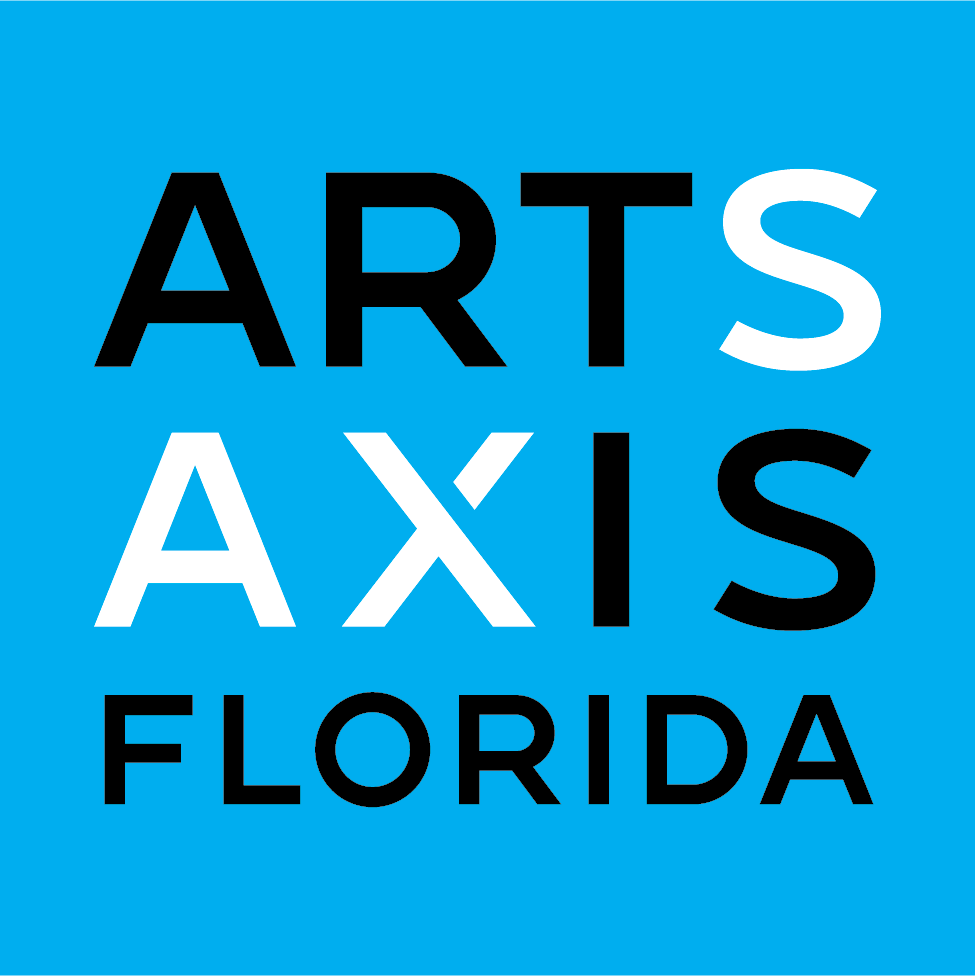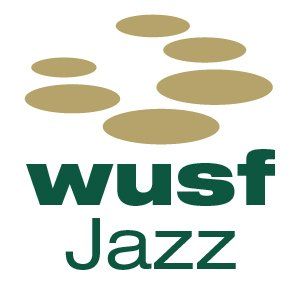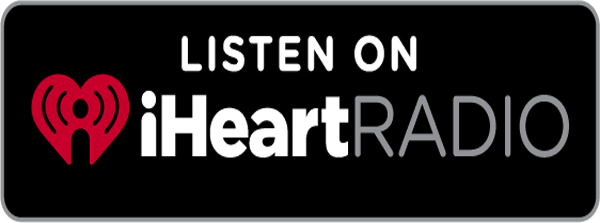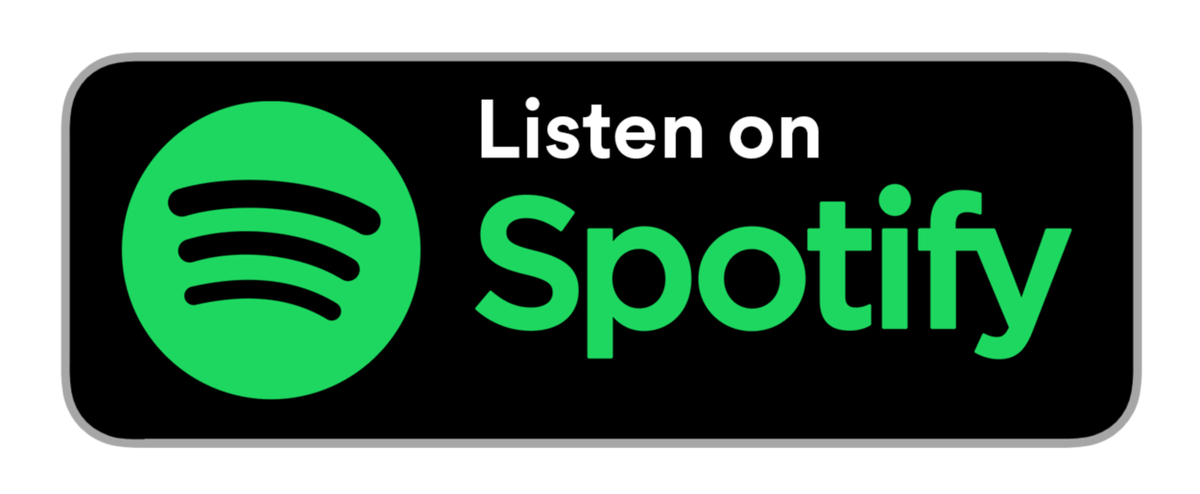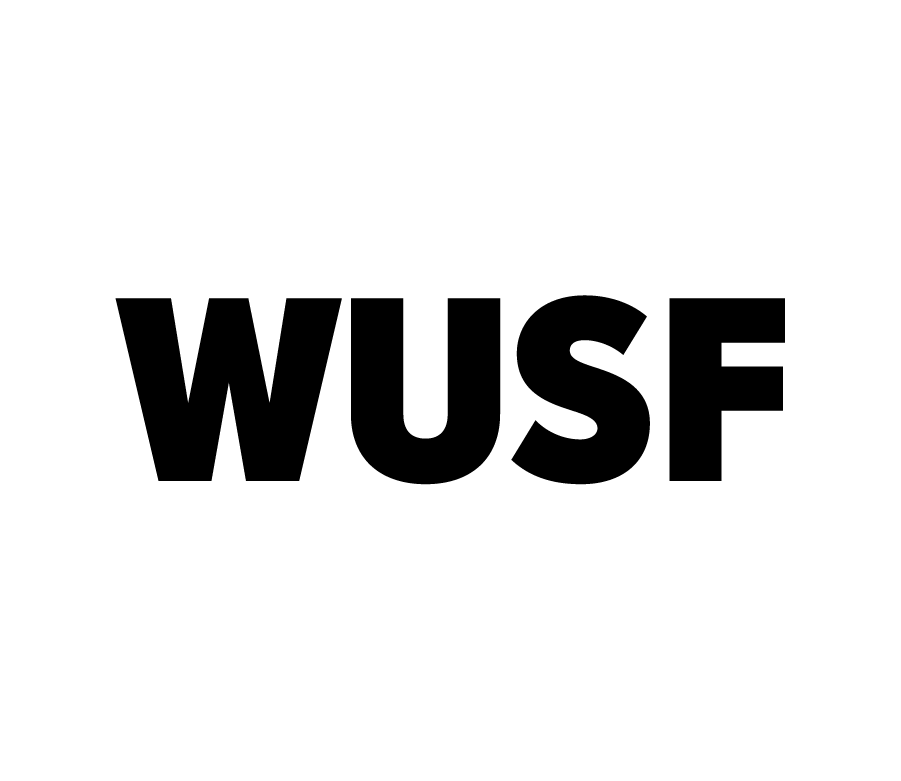00;00;00;09 - 00;00;12;19
Dr. Fenda Akiwumi
African art and African dance forms and cultural expressions have such deep philosophical meanings because they're usually powerful messages about life about how we should live as human beings with each other.
00;00;18;14 - 00;00;44;19
Malaika Hollist
Welcome to Season two of the Arts Axis Florida podcast I'm your host, Malaika Hollist. This podcast was born from our online initiative, Arts Axis Florida, where the mission is to make art accessible to everyone. In each episode, our goal is to amplify the voices of the diverse nonprofit organizations in our community and spread their art to all of you.
00;00;45;11 - 00;01;20;04
Malaika Hollist
Conversations, community and Connection is right here on the Arts Axis Florida podcast. Support for Arts Axis Florida comes from Community Foundation,. Tampa Bay, championing philanthropy, encouraging and connecting givers to bring lasting good, investing in education and economic mobility. Learn more at C F Tampa Bay dot Org. That's C F Tampa Bay dot Org.
00;01;25;00 - 00;01;53;27
Malaika Hollist
For our first episode of Season two and to kick off Black History Month, we wanted to share with you the Ivory Coast, our exhibit. Today's guests are Dr. Fenda Akiwumi, director of the Institute on Black Life at USF, and Dr. Michael Orlofsky, a physician and curator of art who have collaborated on this exhibit. We hope you enjoyed this episode on art from the Ivory Coast, African History and spreading African art and culture right here to our community.
00;01;56;15 - 00;02;05;25
Malaika Hollist
Hi, Dr. Akiwumi and Dr. Orlofsky. Thank you so much for being with us today. If you wouldn't mind, would you just introduce yourself to our audience
00;02;06;11 - 00;02;31;23
Dr. Fenda Akiwumi
Well, I'm actually a professor in the School of Geosciences at USF. I've been at USF since 2006. I'm in the Environmental Science and Geography Program in that school. But in 2018, I took up an additional assignment as the director of the Institute on Black Life at USF, because a lot of my research has to do with Africa and the African diaspora.
00;02;32;11 - 00;02;42;17
Dr. Fenda Akiwumi
And so they felt that in many ways, my research gave me a deep understanding of the mission and the goals of the Institute on Black Life. So I've been doing that since 20, 18.
00;02;42;22 - 00;02;50;26
Malaika Hollist
The Institute on Black Life is part of the College of Arts and Sciences here at USF. Could you tell us a little bit about its establishment?
00;02;50;29 - 00;03;16;15
Dr. Fenda Akiwumi
Absolutely. So the Institute was founded in 1986 and Dr. Jill Smith was the founding director of the Institute. The both she and her husband were employed at USF at the time. And so it has a long history with a mission actually to be a resource center on on issues of concern to black people all across the world. So in Africa the African diaspora on the African continent.
00;03;16;27 - 00;03;44;27
Dr. Fenda Akiwumi
And the main goals are to promote scholarly exchange cultural awareness, educate people about the importance of cultural diversity. Community engagement has always been at the core of the Institute's mission, and it started locally in the African-American communities here. But today we have communities all across the world that we connect with and do research with and so on. And of course, we involve our students in every step of the way.
00;03;44;27 - 00;04;09;17
Dr. Fenda Akiwumi
So student success is our third goal, where we try and get students to understand the importance of cultural heritage, of being aware of their cultural heritage. And we give them travel scholarship opportunities. We give them scholarships to help them graduate, and we also give them opportunities to work as interns or research assistants with faculty who might be looking for students to participate in their projects.
00;04;10;13 - 00;04;11;03
Malaika Hollist
Dr. Orlofksy
00;04;11;03 - 00;04;40;05
Dr. Michael Orlofsky,
You're so Dr. Michael Orlofsky, I'm a physician. I went to the University of South Florida College of Medicine, and I got reconnected with USF when I returned in 2013. I have a nice art collection from my time in Africa when I was in high school and made a connection with Fenda and we've been discussing and working together in transitioning my exhibit to a permanent exhibit in her department.
00;04;41;07 - 00;04;43;15
Dr. Michael Orlofsky,
And I'm very excited to talk about that today.
00;04;44;26 - 00;04;49;20
Malaika Hollist
Awesome. Exciting. Your time in Africa was you said I think you said it was in high school.
00;04;49;29 - 00;05;17;11
Dr. Michael Orlofsky,
Yes. I had just it was in 1972. I had just finished my senior year. I had an uncle who was a vice president of an international construction company and his company had established a contract with the Ivory Coast to build a sugar refinery and sugar fields in the northern part of their country to provide an export for the Ivory Coast people.
00;05;18;04 - 00;05;42;17
Dr. Michael Orlofsky,
And my dad was actually involved in training the individuals from the Ivory Coast on how to run a factory and how to do sugar agriculture. And through that connection, I was offered a summer job in the capital city of Abidjan in the Ivory Coast to help with the office set up and to learn a little bit about the country and the opportunities there.
00;05;43;05 - 00;06;18;14
Dr. Michael Orlofsky,
And so my introduction was really through family contacts into a world that I had never experienced. And it really provided both a subtle and persistent set of experiences throughout my life that I had never been out of the country. I'd never been to even Canada or Mexico. So my first experience abroad was landing in the ivory coast. And I had with me five years of high school French study enough language to kind of get around.
00;06;18;27 - 00;06;30;07
Dr. Michael Orlofsky,
But I quickly discovered that I wasn't nearly as fluent as I thought I was in the language. So that's how I arrived. And it the adventure kind of took off from there.
00;06;30;13 - 00;06;37;20
Malaika Hollist
OK, so then would you mind telling us how did you come to acquire this collection?
00;06;38;07 - 00;07;07;00
Dr. Michael Orlofsky,
I had gone to various markets around the city of Abidjan in which there were many local markets selling goods. And I worked with my driver who was an Ivory Coast man, and to identify the items I wanted, and then I had him go back and purchase them for me. And the reason I had him do it instead of doing it directly, was they don't have price tags.
00;07;07;08 - 00;07;28;04
Dr. Michael Orlofsky,
You just ask what it is and then you barter for the cost. And I knew that a local would do much better bartering for the cost of the items than I could do on my own. So so that's how I procure them. But they were all obtained within about a three to four week period using the various markets.
00;07;28;20 - 00;07;39;10
Dr. Michael Orlofsky,
And they represent a cross-section of things that caught my interest and I thought represented well the different people I had had contact with during that time.
00;07;39;22 - 00;07;46;24
Malaika Hollist
When it comes to the exhibit, is there anything specific you would want people to know that they can expect there?
00;07;46;26 - 00;08;18;24
Dr. Michael Orlofsky,
Well, it's a collection of of my items, plus other items that already the university has so I'll speak to my collection and perhaps then I can speak to the the other parts of it. But so I have several traditional African masks that all have specific meanings and purpose. I have some tapestries, one of which is a batik that was made in very much a way that an American batik might have been made.
00;08;19;05 - 00;08;49;13
Dr. Michael Orlofsky,
But it was an African theme and probably the most interesting piece I have is what's called a logo cloth. It is sometimes also called a mud cloth. It is entirely handmade everything from the cloth to the the ink that's used in it. And it's a very large specimen. It's roughly ten feet by seven feet and when you see these things in museums, typically there are two feet by three feet.
00;08;49;13 - 00;09;17;24
Dr. Michael Orlofsky,
They're not of the dimensions that we have here. So this is a pretty unique piece. It illustrates in symbolic form a parade and has characters in it that represent a traditional. They have traditional meanings in the tribal language of what is a snake, what is an animal, what is a turtle, what is a fish. And and so so that's a big piece of it.
00;09;18;09 - 00;09;45;00
Dr. Michael Orlofsky,
The other items I have that are kind of my personal favorites include some of the bright clothing. There's a traditional dashiki dress. And now keep in mind, everything here is 50 years old. It's from 1972. And these are extremely well preserved. You would not know that it was an old item at all. It's it's colorful it's it's very attractive.
00;09;45;13 - 00;10;14;26
Dr. Michael Orlofsky,
It is flattering to whoever wears it. And some of the other colorful artworks have cloth and tapestry over there. And then the last thing I have is some African currency that was used during that time, which may be of interest to people who follow things like stamps and money. But the cultural items are largely the tapestries, the carvings and the the cloth.
00;10;14;26 - 00;10;37;12
Dr. Fenda Akiwumi
Yes. So as Dr. Lasky said, the other half of the exhibit are actually pieces that belong to the contemporary art museum here at Yusef on the Tampa campus. And Shannon Arness was very gracious, and she helped us identify pieces from the Ivory Coast that we can add to the collection to make it more extensive. And most of those pieces are actually sculpture, woodwork, wood carvings.
00;10;37;25 - 00;11;07;11
Dr. Fenda Akiwumi
We don't have too many tapestries and so on. And Dr. Simba Dr. Chapel Simba in the Department of Anthropology has written some short descriptions of those pieces. So the audience will have an opportunity to to learn about where they come from, what they mean and so on. And, and of course, there'll be opportunities then to look further into any particular piece that one might be interested in.
00;11;07;23 - 00;11;16;20
Dr. Fenda Akiwumi
And so so yes, we were able to, to find enough pieces from specific to the Ivory Coast to add to Dr. Awlaki's collection.
00;11;17;09 - 00;11;22;17
Malaika Hollist
Wow. It sounds like you guys have a lot of great pieces there. I'm excited to see it.
00;11;32;05 - 00;11;37;05
Malaika Hollist
And now let's return to our conversation with Dr. King. When and how did you come together?
00;11;37;06 - 00;11;55;25
Dr. Fenda Akiwumi
So you can just imagine my good fortune in the middle of the pandemic era when we were still trying to figure out where the life would be the same again. And we'd be back in office spaces and whatever. I got this lovely email from Dr. Orlowski telling me about this collection and saying that he would he would like to share it with us that the Institute on Black Life and could we talk about that?
00;11;56;10 - 00;12;14;20
Dr. Fenda Akiwumi
And thankfully, they were allowing us back with the distancing and masks and so on. So we met in the IBM conference room and we kept our six feet and we wore our masks. And we just had a very relaxed conversation about his experiences in Africa of course, my father's from Africa, from Sierra Leone. And so I've been to the Ivory Coast.
00;12;14;20 - 00;12;35;25
Dr. Fenda Akiwumi
So I'm very familiar with with West Africa. And so we just had a very good conversation. It was just good fortune in this moment because it it represented everything that that we want to do under our community engagement goal. So we talked a little bit about how we could we could find a good place to to showcase that work.
00;12;36;06 - 00;12;58;17
Dr. Fenda Akiwumi
And initially we were just thinking about maybe finding a place on campus where and where we could actually have have them on display where a lot of people a place with a lot of traffic where people could actually see the pieces. And so he said he'd think about it. And and then next thing you know, he's contacting me and saying, you know, I think this would be a wonderful opportunity to fundraise for the Institute on Black Life.
00;12;58;17 - 00;13;19;10
Dr. Fenda Akiwumi
Why don't we think about doing a proper exhibit and we can invite people that we know who might donate. He said he had some friends who would be interested and family members who would also support this. And of course, I picked it up and ran with it because I thought, this is such a wonderful idea because we had never done anything like that before.
00;13;19;18 - 00;13;42;23
Dr. Fenda Akiwumi
At the Institute. And so to cut a long story short, I mean, here we are all through his efforts, bringing in people who he knew would be on board with this and who would support our mission to to to give cultural awareness to people in the community. But just as he said about Africa, about African culture, about African art, as we know, there's so many stereotypes about Africa.
00;13;43;06 - 00;13;51;23
Dr. Fenda Akiwumi
And so this is a wonderful way to showcase some of the the beauty and diversity and knowledge base on the continent.
00;13;51;29 - 00;14;13;23
Malaika Hollist
I would love to know from both of you when it comes to the Ivory Coast art and just African art in general, what do you think is so unique about it that's different to other art that we see? There's not a lot of opportunities for people who are born here in America to see that kind of art. So, yeah, I would love to know what you think is so unique about it.
00;14;13;25 - 00;14;35;24
Dr. Michael Orlofsky,
So I'll I'll take that one then. You know, my my hope is that this art will spur curiosity among the people who see it to get to know more about the part of the world where this comes from, Senator has heard me talk about this, my experience. As I said, it was the first time I'd ever been out of the country.
00;14;36;06 - 00;15;07;11
Dr. Michael Orlofsky,
I will tell you also it was the very first time and it was a life experience for me of what it was like to be a minority. I'm a white male in the country. Of course, being African, I was aware every day of being different and looking different than the other people. And so being able to be enriched by that culture, being able to not only in terms of skin color, but it was heavily Muslim.
00;15;08;05 - 00;15;39;14
Dr. Michael Orlofsky,
French was the main language, but the next language was Arabic. And so I was really experienced into a world at a young age 18, where you're still learning about things at a rapid pace and to see what was really very unique and different about these people, their color, their dance, their music, their artistic expression, their colloquial expressions, their love of soccer, all of those kind of things left an impression for me.
00;15;40;01 - 00;16;15;07
Dr. Michael Orlofsky,
And so the artifacts and the arts that I have each represent something from that time, whether it's a particular tribe, a particular method by which they illustrated things, the folklore or the history behind why they did things the way they did. My hope is that what this does is really stimulate people to have an interest in a part of the world that is emerging and I think will become one of the most dominant parts on the planet by the end of this century.
00;16;15;20 - 00;16;17;02
Dr. Michael Orlofsky,
And we need to know more about it.
00;16;17;13 - 00;16;40;07
Dr. Fenda Akiwumi
And in relation to that question, what I'd like to say is that, you know, African art and African dance forms and cultural expressions have such deep philosophical meanings. So, you know, you might look at a mask and think, of course, historically as a result of the colonial heritage, it's been very typical for people to think of African art as primitive art, right.
00;16;40;19 - 00;17;10;20
Dr. Fenda Akiwumi
When when they think about art. But when you you delve into the the meaning behind, say, a simple mask, it will just blow your mind because they're usually powerful messages about life, about how we should live as human beings. With each other, stories about creation, stories write, stories about birth and death. It's just the just a minefield of wisdom and a minefield of philosophical thought.
00;17;10;27 - 00;17;29;06
Dr. Fenda Akiwumi
And people don't think about that when they think about African art. Form, right. So just like Dr. Olasky said, hopefully this will inspire people to to find out more about what these pieces mean not only to Africans, but to humanity as a whole.
00;17;29;28 - 00;17;41;06
Malaika Hollist
Since it's Black History Month, we wanted to take this opportunity to highlight the black community. However, why do you think it's important to highlight this community, not just only this month, but often.
00;17;41;20 - 00;18;19;07
Dr. Michael Orlofsky,
You know, so I, I think it, it is a misunderstood and it needs to be better understood. Part of American history I know we've been talking about artwork. I have a colleague of a friend of mine from high school who a former dean at the college school of music at UCLA who's written a book on how American music and all traditional American music that he has identified everything from jazz forward has originated in the African community.
00;18;20;06 - 00;19;05;10
Dr. Michael Orlofsky,
African culture has been a strong influencer of American culture all along. And I think this and not just in the arts, also in science, in literature. And it's been underrepresented for a variety of reasons that we're probably not going to go into here today. But every opportunity to embrace all the cultures, including the African-American history, that has come to the United States is an important part of understanding the country, understanding ourselves, understanding our values and understanding and appreciating the importance that everybody brings.
00;19;05;23 - 00;19;18;22
Dr. Michael Orlofsky,
So I just think my exhibit is another example of a way to immerse yourself for a period of time in another world and get to understand it and see it a little differently.
00;19;19;18 - 00;19;48;12
Dr. Fenda Akiwumi
Dr. Orlofsky, covered most of the ground that I was going to talk about the importance of of educating people and changing stereotypes about Africa or black people anywhere in the world. And, of course, colonialism came with the denigration of of black history, black knowledge and so on, and all kinds of forms of oppression, whether colonialism or racism or any other form of oppression, that the goal was to denigrate so that to justify whatever exploitation was taking place.
00;19;48;21 - 00;20;22;26
Dr. Fenda Akiwumi
So it's only now that we're really beginning to to see people making an effort to to make the knowledge known, make the history of Africa, know the culture of Africa in the heart of Africa. And when I say Africa, I'm talking about African Americans, that Africans in the deaths of black people, the rich history we have, the rich legacy that we've left to the whole world, just like Dr. Oleskey said and so every opportunity we have to educate, to share, whether through what he's doing here, by donating his art pieces or in any other way, I think we have an obligation to do there.
00;20;23;07 - 00;20;46;23
Dr. Fenda Akiwumi
Want to publicly thank Dr. Orlofsky for taking the initiative to meet with me to to talk about ways in which we could help towards this goal of educating scholarly exchange, knowledge, production, all the things that Idol is all about. He gave me a wonderful opportunity to do this and to do this in the community. And so we're looking forward to a very nice event.
00;20;46;23 - 00;21;05;11
Dr. Fenda Akiwumi
It's all he's also set it up as a fundraiser for the institute so that we can have the opportunity to do more things to educate. He's been very kind, and he's agreed to be on my community advisory council for the institute. And so I just want to publicly say thank you, Mike. You have been an inspiration to me.
00;21;05;19 - 00;21;30;20
Dr. Michael Orlofsky,
You're very welcome. And just to underscore one other part that you made, which is, you know, I'm happy and thrilled to be able to give a gift like this if others are so inspired, either to provide a gift of this or funding in some way for the department to encourage students with scholarships and study. There's a way to do that, too, through through this exhibit.
00;21;30;20 - 00;21;37;06
Dr. Michael Orlofsky,
And so I would encourage people who were moved to do so to please check into that and provide additional support.
00;21;38;07 - 00;22;00;26
Malaika Hollist
Well, thank you both for being on the podcast. The Ivory Coast art exhibit is open now until February 11 at Harbor Hall at USF St Petersburg campus. It was such a pleasure to have Dr. Michael Orlofsky, and Dr. Fenda Akiwumi with me on the podcast today to listen to them share their knowledge and really share their passion on African art and culture.
00;22;00;28 - 00;22;20;09
Malaika Hollist
Another little thing I wanted to share with you guys that's just really interesting is when I was working to put this podcast together, I reached out to the Institute on Black Life and found out that the director there was Dr. Akiwumi and like she says in the podcast, her father grew up in Sierra Leone, but she did as well.
00;22;20;09 - 00;22;40;25
Malaika Hollist
And coincidentally, so did my parents and Dr. Akiwumi and me and my parents are actually childhood friends because they both grew up in Freetown, Sierra Leone, together. It was such a pleasure for me and such a treat personally to listen to her and learn from her and I feel very grateful that we were able to share that with all of you.
00;22;41;17 - 00;23;07;01
Malaika Hollist
We hope you enjoyed listening to this episode of the Arts Axis Florida podcast. You can find more information on today's guests in the show notes. You can find us on Facebook and Instagram by Searching Arts Axis Florida or go to our Web site, Arts Axis Florida dot org to get access to the arts. That's Arts A X I S F L DOT org it.
00;23;08;00 - 00;23;30;12
Malaika Hollist
